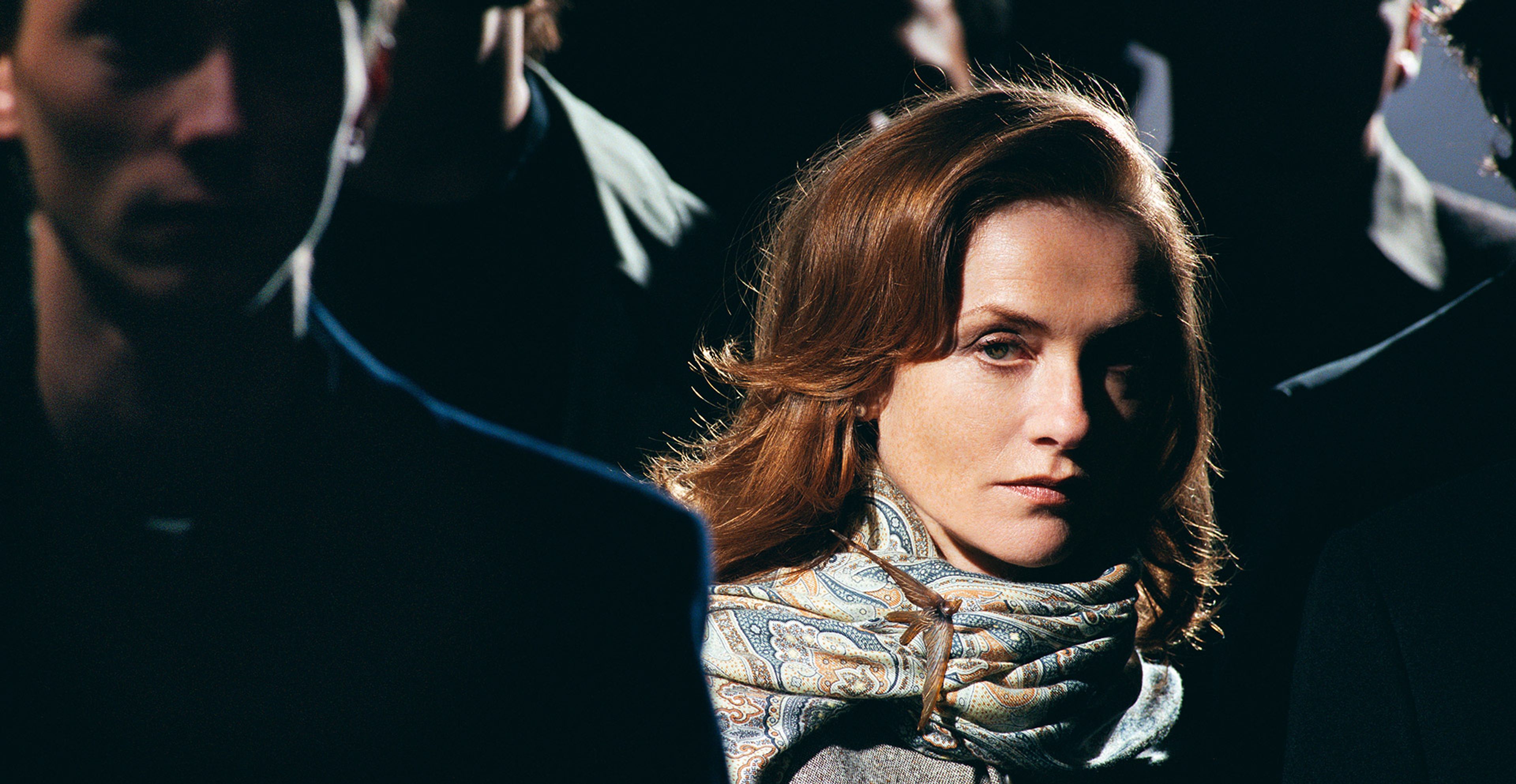"For him, I had several lives in a few days."
May 28, 2020
To be updated on upcoming exhibitions and other news, sign up to our newsletter here and follow us @davidzwirner.
“This photograph is part of a story. Other photographs tell a story. This one is part of a story. Most of the time, a photograph is a moment, an instant. There is no before. There will be no after. Philip-Lorca Di Corcia goes further, or closer. He approaches. He scrutinizes. He observes. He allows us to imagine a past, maybe a future. He does not criticize. He does not judge. He shows. And thinks. For him, I had several lives during three days.The places and the costumes told these lives. I became a fictional character. Motionless in appearance but it's the watcher—in the world of cinema we would say the spectator—who is in motion. His imagination invents a story, places me in a life that is not mine. But that could be. Like in a movie. I become a character with its own fantasies, melancholy, transgression, despair, worries, tranquility. There is always more sadness than joy in a photo by Philip-Lorca diCorcia. By looking at these photographs, we assume lives that stretch, lives confined, whose unfolding is inevitable. Taking a photo with Philip-Lorca diCorcia is an experience. Thanks to the power of illusion, places, costumes and attitudes seem to be there by chance and yet nothing is left to chance. Everything is perfectly mastered, with great accuracy. But everything is extraordinarily alive. Lived. Real. It is cold and moving. It is an art, a great art to bring together the artificial and the natural. It is that of Philip-Lorca diCorcia. I enjoyed meeting him.’’ Isabelle Huppert
Image: Philip-Lorca diCorcia, W, November 2004, #4, 2004 (detail)
